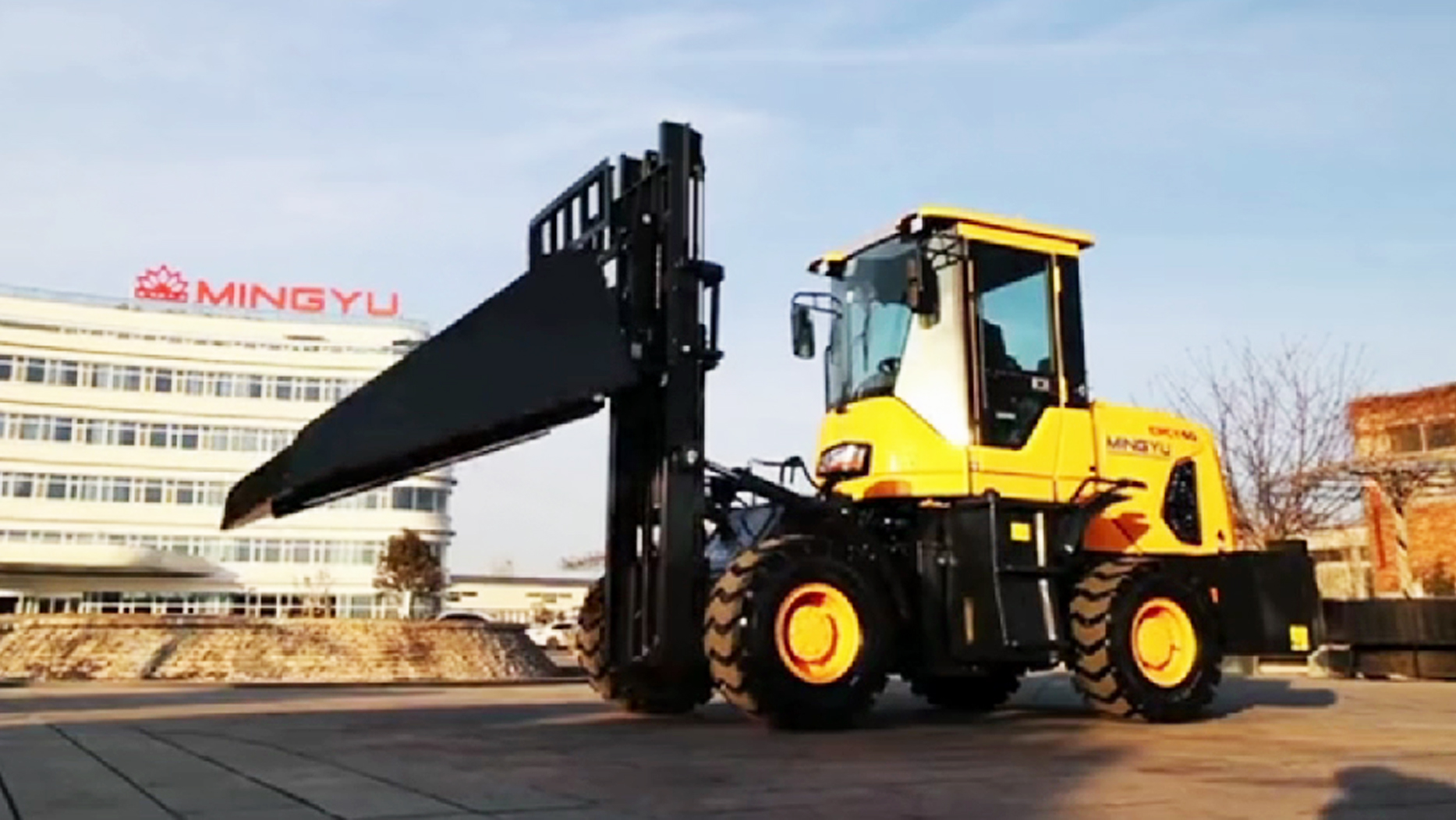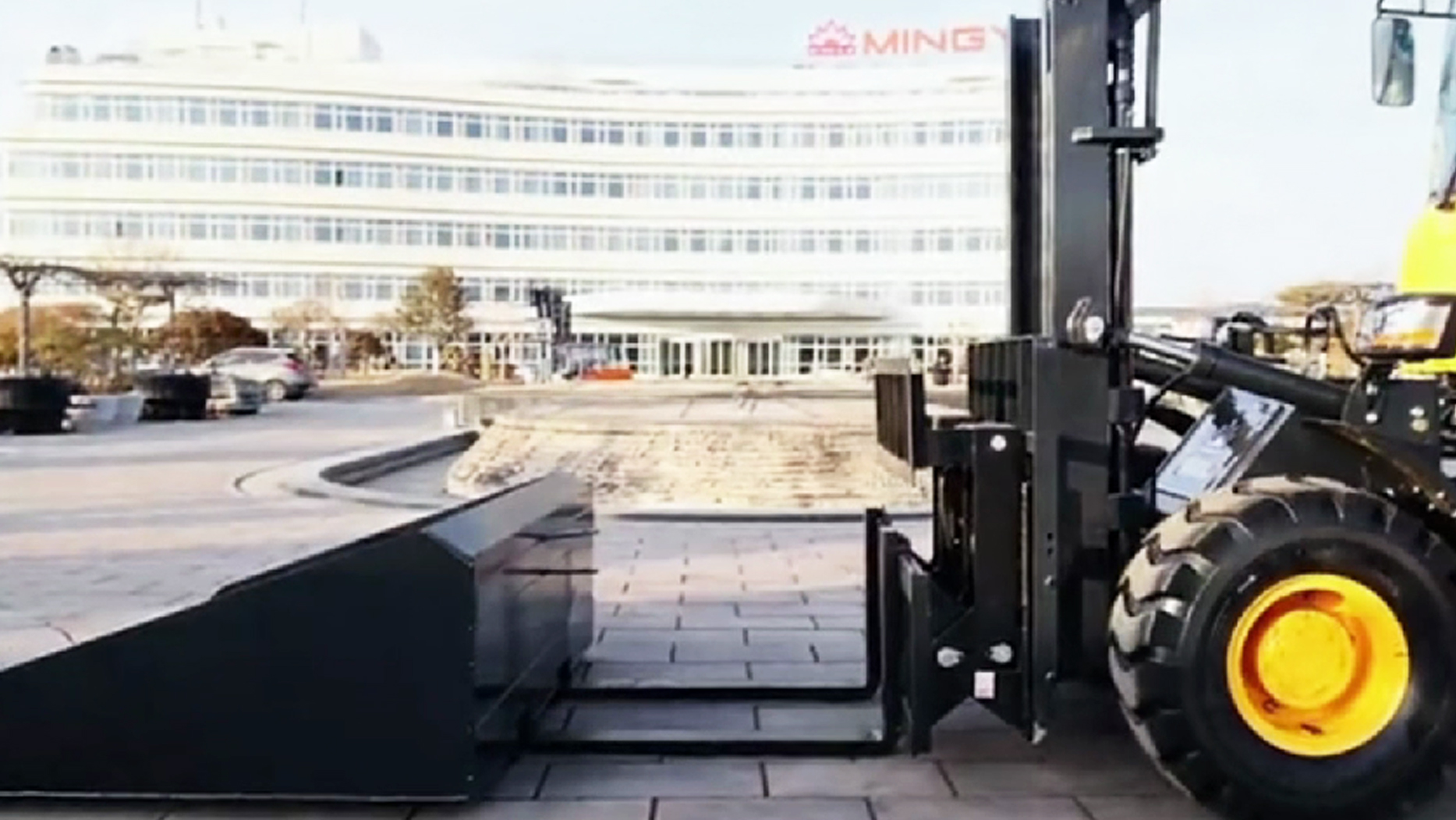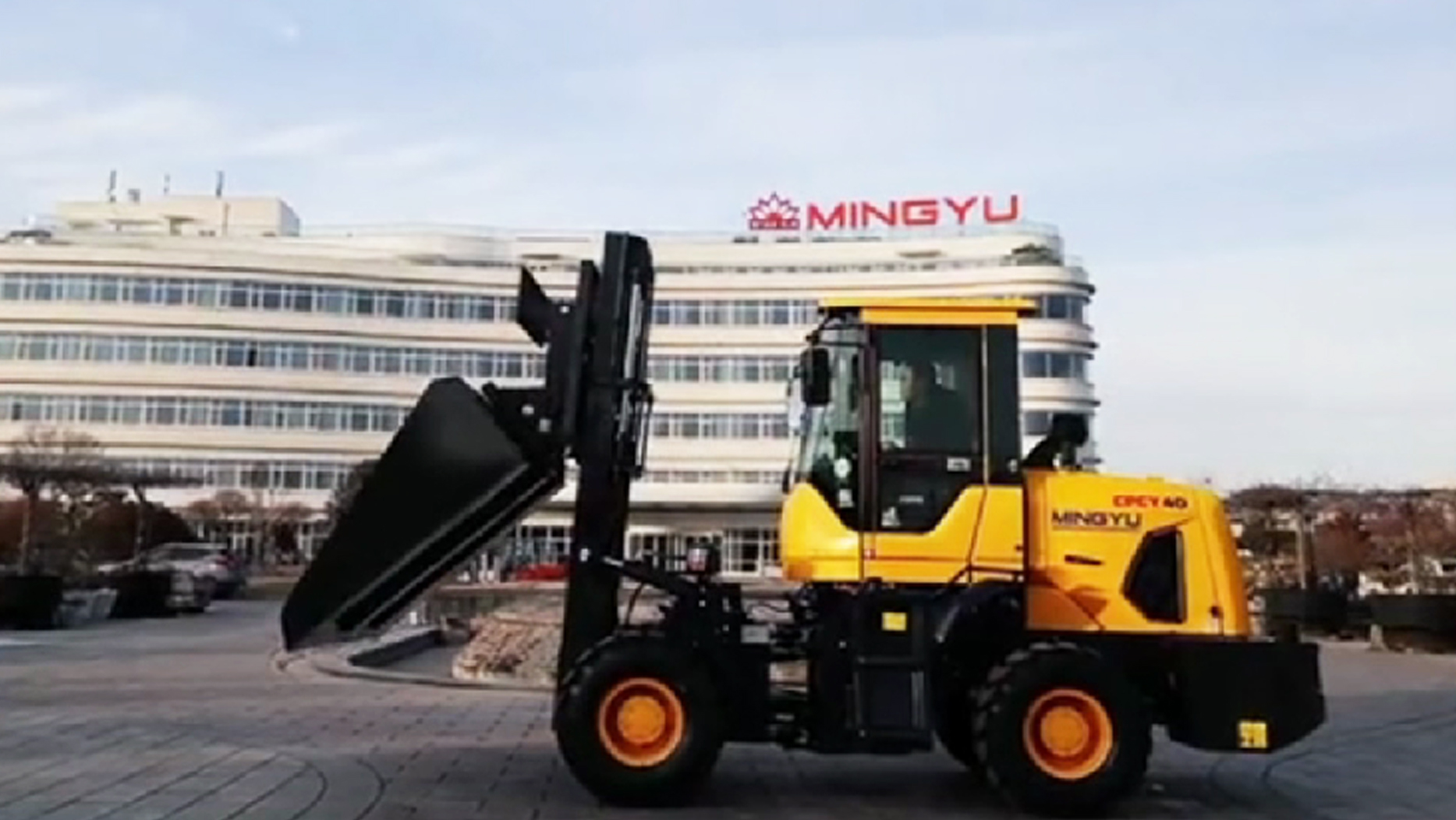I. Introduction
All-terrain forklift tires are designed to provide optimal performance and durability across a variety of challenging surfaces. Unlike tires intended for smooth, indoor warehouse floors, all-terrain tires must contend with uneven terrain, obstacles, and varying weather conditions. Operating forklifts on such diverse surfaces presents significant challenges, demanding tires that offer exceptional traction, stability, and resistance to damage. This article aims to provide a comprehensive analysis of forklift tire options, ultimately guiding the reader in determining the best all-terrain tire solution for their specific needs.
II. Understanding Forklift Tires
Pneumatic tires: These are air-filled tires that offer cushioning and shock absorption, similar to car tires.
Solid tires: Constructed of solid rubber, these tires are puncture-proof and designed for heavy-duty applications.
Cushion tires: Made of solid rubber molded to a steel band, these tires are used for smooth indoor surfaces.
Tire construction:
Bias ply: The cords in the tire carcass run diagonally from bead to bead.
Radial ply: The cords run radially from bead to bead, with stabilizer belts running circumferentially.
Tire markings and what they mean: Markings on the tire sidewall indicate size, load capacity, and other specifications (e.g., 7.00-12 NHS).
The importance of proper tire pressure and maintenance: Correct tire pressure is crucial for maximizing tire life, stability, and fuel efficiency. Regular maintenance, including inspections and cleaning, is essential.
III. The Challenges of Different Terrains
Outdoor terrain challenges:
Gravel and uneven surfaces: These surfaces can cause tire wear, reduce traction, and impact stability.
Mud, snow, and wet conditions: These conditions can lead to slippage, reduced braking effectiveness, and increased risk of accidents.
Obstacles and debris: Rocks, metal scraps, and other debris can cause punctures, cuts, and other tire damage.
Indoor/outdoor transition challenges:
Varying floor surfaces (concrete, asphalt): Different surfaces offer varying levels of traction and can cause uneven tire wear.
Ramps and inclines: These require tires with good grip and stability to prevent slippage and rollovers.
Doorways and transitions: Bumps and edges can cause tire and forklift damage if not navigated carefully.
The impact of terrain on:
Traction: The amount of grip a tire has on a surface, which affects acceleration, braking, and steering.
Stability: The ability of a forklift to remain balanced, which is affected by tire type and condition.
Wear and tear: The rate at which a tire degrades due to friction, heat, and damage.
IV. Key Features of All-Terrain Forklift Tires
Tread patterns:
Deep treads vs. specialized patterns: Deeper treads provide better grip in mud and loose soil, while specialized patterns offer optimized performance on specific surfaces.
Self-cleaning properties: Some tires have tread patterns that help to eject debris, maintaining traction.
Tire compounds:
Hardness and durability: Harder compounds offer better wear resistance, while softer compounds provide more grip.
Heat resistance: Important for preventing tire degradation in high-temperature environments.
Cut and chip resistance: Protects the tire from damage caused by sharp objects and rough surfaces.
Load capacity and stability:
Matching tire to forklift and load: It's crucial to select tires that can safely support the weight of the forklift and its maximum load.
Wide footprint for stability: A wider tire footprint provides better stability, especially on uneven terrain.
Durability and lifespan:
Factors affecting wear: Terrain, load, speed, and maintenance all affect tire wear.
Expected tire lifespan in all-terrain conditions: Varies widely depending on the specific conditions and tire quality.
V. Comparing Tire Types for All-Terrain Use
Pneumatic tires:
Advantages in rough terrain: Offer excellent cushioning and shock absorption, providing a comfortable ride and good traction on uneven surfaces.
Disadvantages: Susceptible to punctures, require regular inflation, and have higher maintenance needs.
Solid tires:
Advantages in demanding conditions: Puncture-proof and highly durable, capable of handling heavy loads and harsh environments.
Disadvantages: Provide a harsher ride, can generate heat at high speeds, and offer less traction on slippery surfaces.
Specialized all-terrain tires:
Features and benefits: Designed with specific tread patterns and compounds to maximize performance in a variety of off-road conditions.
Ideal applications: Construction sites, lumber yards, and other outdoor environments with challenging terrain.
VI. Factors to Consider When Choosing All-Terrain Tires
Application-specific needs:
Primary operating terrain: Consider the main type of terrain the forklift will be operating on (e.g., gravel, mud, sand).Frequency of use: How often the forklift will be used on all-terrain surfaces.
Cost vs. performance:
Initial investment: Specialized all-terrain tires may have a higher upfront cost.
Long-term operating costs: Consider factors such as tire wear, replacement frequency, and downtime.
Forklift compatibility:
Tire size and weight restrictions: Ensure the tires are compatible with the forklift's specifications.
Rim compatibility: The tires must be compatible with the forklift's rims.
Supplier and warranty:
Reputation and support: Choose a reputable supplier that offers good customer service.
Tire warranty terms: Understand the warranty coverage in case of premature wear or defects.
VII. Maintenance and Best Practices for All-Terrain Tires
Regular inspection and cleaning: Check for cuts, punctures, and embedded debris. Clean tires to maintain traction.
Proper inflation for pneumatic tires: Maintain the recommended tire pressure to ensure optimal performance and longevity.
Monitoring wear and tear: Replace tires when the tread depth reaches the minimum recommended level.
Safe operating practices on challenging terrain: Reduce speed, avoid sharp turns, and be aware of potential hazards.
VIII. Case Studies: Success with All-Terrain Tires
A construction company reduced downtime by 30% by switching to specialized all-terrain tires, which provided better puncture resistance and traction on rough job sites.
A lumber yard increased productivity by 20% by using pneumatic tires with aggressive tread patterns, which improved handling and stability on uneven surfaces.
IX. Future of Forklift Tire Technology
Innovations in tire materials: Development of new rubber compounds with enhanced durability and performance.
Advances in tire design: Ongoing research into tread patterns and tire construction for improved traction and stability.
Smart tire technologies: Integration of sensors to monitor tire pressure, temperature, and wear in real-time.
X. Conclusion
For optimal performance and safety when operating forklifts on diverse surfaces, specialized all-terrain tires are often necessary. Pneumatic tires offer advantages in rough terrain, while solid tires excel in demanding conditions. By carefully considering the specific application and operating environment, businesses can select the best all-terrain tire solution to meet their needs.
Post time:Apr.07.2025



